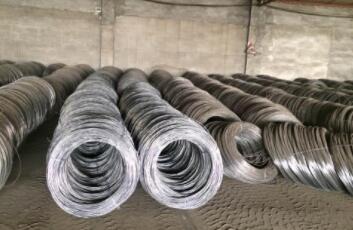The Benefits of Quail Egg Laying Cages
Quail farming has gained popularity in recent years, particularly with the rising demand for quail eggs, which are considered a delicacy in many parts of the world. The efficiency of egg production largely hinges on the living conditions and management practices employed in the farming processes. One of the most effective ways to achieve optimal production is through the use of quail egg laying cages.
Quail egg laying cages are specifically designed enclosures that house quails, providing them with a safe and controlled environment in which to live and lay eggs. These cages are not only beneficial for the birds but also for farmers who aim to maximize their productivity.
One of the foremost advantages of quail egg laying cages is that they facilitate a higher rate of egg production. The environment within these cages can be controlled, which means factors such as temperature, humidity, and light exposure can be optimized for the laying quails. Well-designed cages also reduce stress among the birds by providing adequate space and minimizing disturbances, leading to a more consistent and prolific laying rate.
Moreover, quail cages simplify management and maintenance tasks. With a well-organized cage system, farmers can easily monitor the health and egg production of individual birds. This centralized observation allows for quick interventions if any health issues arise. Additionally, cleaning and feeding become less labor-intensive, as many commercial cages are designed for easy access.
quail egg laying cages

Another significant benefit of using laying cages is biosecurity. In conventional free-range systems, quails may be exposed to predators, parasites, and diseases from other poultry. Caging the birds reduces this risk by limiting their exposure to outside threats. This containment is especially crucial for maintaining the health of the flock, which ultimately translates to increased egg production and higher quality eggs.
Furthermore, quail egg laying cages help in optimizing feed efficiency. In a cage system, birds can be fed in a controlled manner, ensuring that each quail receives the right amount of nutrients without waste. This can lead to lower feed costs per unit of production. Farmers often find that the return on investment is quicker with the implementation of cage systems, as they produce more eggs in less time.
Another point worth mentioning is the sustainability aspect of using quail egg laying cages. With a growing global emphasis on sustainable farming practices, caged systems can contribute positively to environmental efforts. By maximizing space and reducing resource usage, farmers can produce more with less, leading to a lower ecological footprint. Efficient production also means that less land and water are needed compared to traditional farming methods.
In conclusion, quail egg laying cages offer a plethora of advantages for both the birds and farmers. They promote higher egg production rates, simplify management, enhance biosecurity, improve feed efficiency, and support sustainable practices. As the demand for quail eggs continues to rise, embracing innovative farming solutions like laying cages is crucial for meeting this trend while ensuring the welfare of the birds and the financial viability of the farms. Whether you are a seasoned farmer or someone new to quail farming, investing in laying cages is a decisive step toward success in this thriving industry.

















